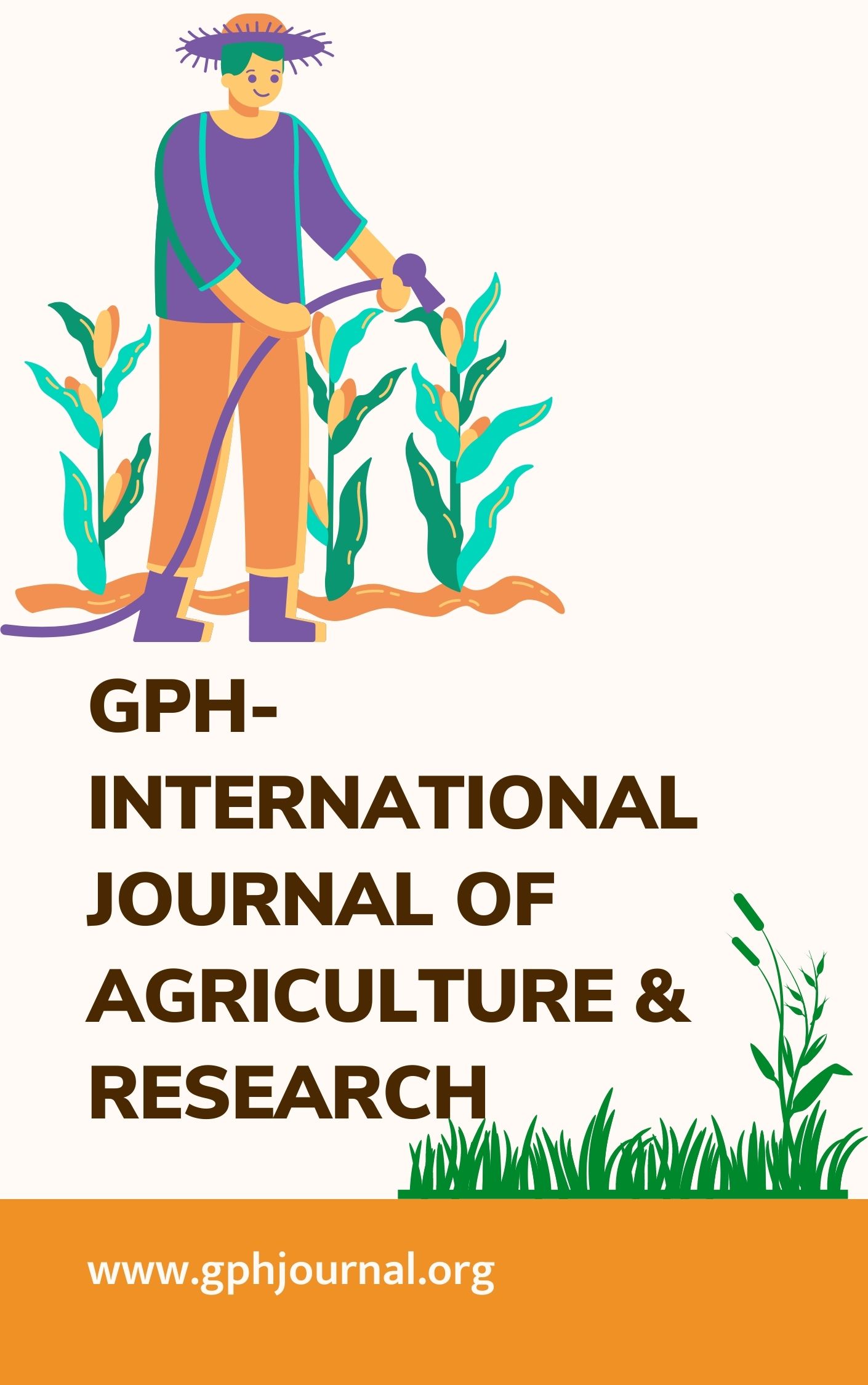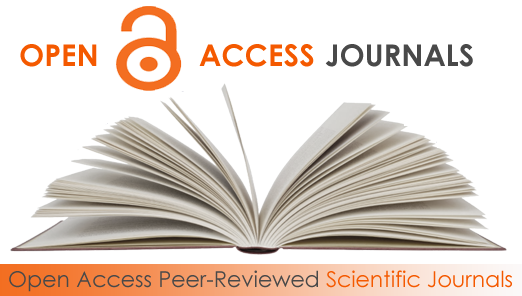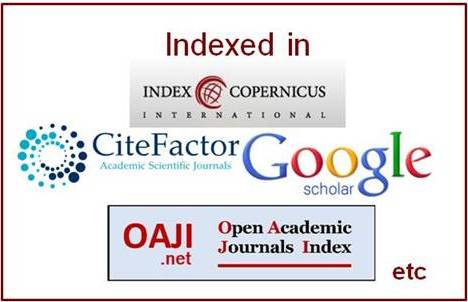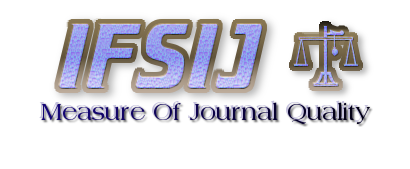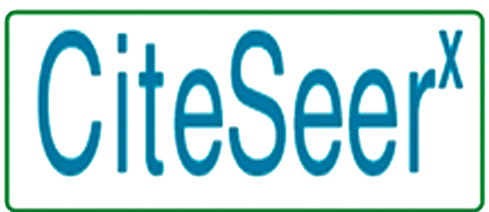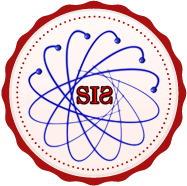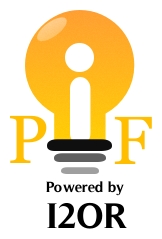PHYTOCHEMICALS ANALYSIS OF FRESH AND BOILED GOLDEN APPLESNAIL (Pomacea canaliculata)
Abstract
The golden apple snail, Pomacea canaliculata, has a complex history in Indonesia, where it was originally introduced as an aquarium fauna in 1981 but later became a pest in rice fields. As a result, there is a need for better understanding of the biological aspects of this species to develop efficient control measures. Phytochemical compounds found in plants, such as phenolic components, glucosinolates, and carotenoids, have various biological activities and potential health benefits. However, the phytochemical properties of the golden snail have not been extensively studied. In this research, samples of raw and boiled golden snail meat were analyzed for alkaloids, steroids, flavonoids, saponins, phenol hydroquinone, and carbohydrates using various methods. The results showed that both raw and boiled golden snail meat tested negative for alkaloids, steroids, flavonoids, saponins, and phenol hydroquinone. However, the Molisch test for carbohydrates gave positive results, indicating the presence of carbohydrates in both samples.
These findings contribute to a better understanding of the phytochemical properties of the golden snail and highlight the potential biological activities of these compounds. Further research in this area may lead to the development of more targeted and sustainable control measures for the golden snail as a rice pest. Additionally, the presence of carbohydrates in the snail meat may have implications for its nutritional value and potential uses in the food industry.
Downloads
References
Harborne, J.B. (1987). Phytochemical Methods, Guide to modern ways of analyzing plants (Translator: K. Padamawinata, I. Soediro, Ed. S. Niksolihin). ITB Publisher. Bandung. 354 pp.
Heldman, D.R. and Hartel, R.W. (1998). Principles of Food Processing. Aspen Publishers, Inc. Gaithersburg, Maryland. 285 pp
Lewis, M. J., and Jun, S. (2011). Thermal Processing. Food Processing Handbook: 2nd Edition, 1, 31–75
Lien, E.J. and Ren, S. (2000). QSAR and Molecular Modelling of Bioactive Phyto-phenolics In: Phytochemicals as Bioactive Agents (Eds. W.R. Bidlack, S.T. Omaye, M.S. Meskin dan D.K.W. Topham). CRC Press LLC. Florida, p.21-41.
Naidu, A.S. (2000). Phytoantimicrobial (PAM) Agents as Multifunctional Food Additives di dalam Phytochemicals as Bioactive Agents (Eds. W.R. Bidlack, S.T. Omaye, M.S. Meskin dan D.K.W. Topham). CRC Press LLC. Florida, p.105-130
Oleszek, W.A. (2000). Alfalfa Saponins: Chemistry and Application In: Phytochemicals as Bioactive Agents (Eds. W.R. Bidlack, S.T. Omaye, M.S. Meskin and D.K.W. Topham). CRC Press LLC. Florida, p.167-188.
Sudarmadji, S., Haryono, B. Suhardi. (1996). Analysis of Food and Agriculture. Liberty Publishers. Yogyakarta. 172 pp
Sulistiono. (2007). Golden Apple Snail "The Slow" Rice Destroyer. Nusaku.com articles downloaded from http://www.nusaku.com/forum/archive/index.php/t-5340.html
Suharto, H. (2003). Golden Apple Snail, Pomacea canaliculata (Lamarck) in Indonesia. Research Institute for Rice Report. Sukamandi, Subang, Indonesia.
Teo, S.S. (2004). Biology of the golden apple snail, Pomacea canaliculata (Lamarck, 1822), with emphasis on responses to certain environmental conditions in Sabah, Malaysia. Malacological Society of Australasia, Molluscan Research, 24, 139-148.
Widjanarko. (2008). Passion Fruit Herbs Phytochemistry, downloaded from http://simonbwidjanarko.files.wordpress.com/2008/07/fitokimia-herba-konyal.pdf, on January 20, 2018.
Winarno, F.G. (2008). Food Chemistry and Nutrition. M-Brio Press. Bogor. 286 pp.
Copyright (c) 2023 Rusky I. Pratama & Yuli Andriani

This work is licensed under a Creative Commons Attribution-NonCommercial-NoDerivatives 4.0 International License.
Author(s) and co-author(s) jointly and severally represent and warrant that the Article is original with the author(s) and does not infringe any copyright or violate any other right of any third parties, and that the Article has not been published elsewhere. Author(s) agree to the terms that the GPH Journal will have the full right to remove the published article on any misconduct found in the published article.
